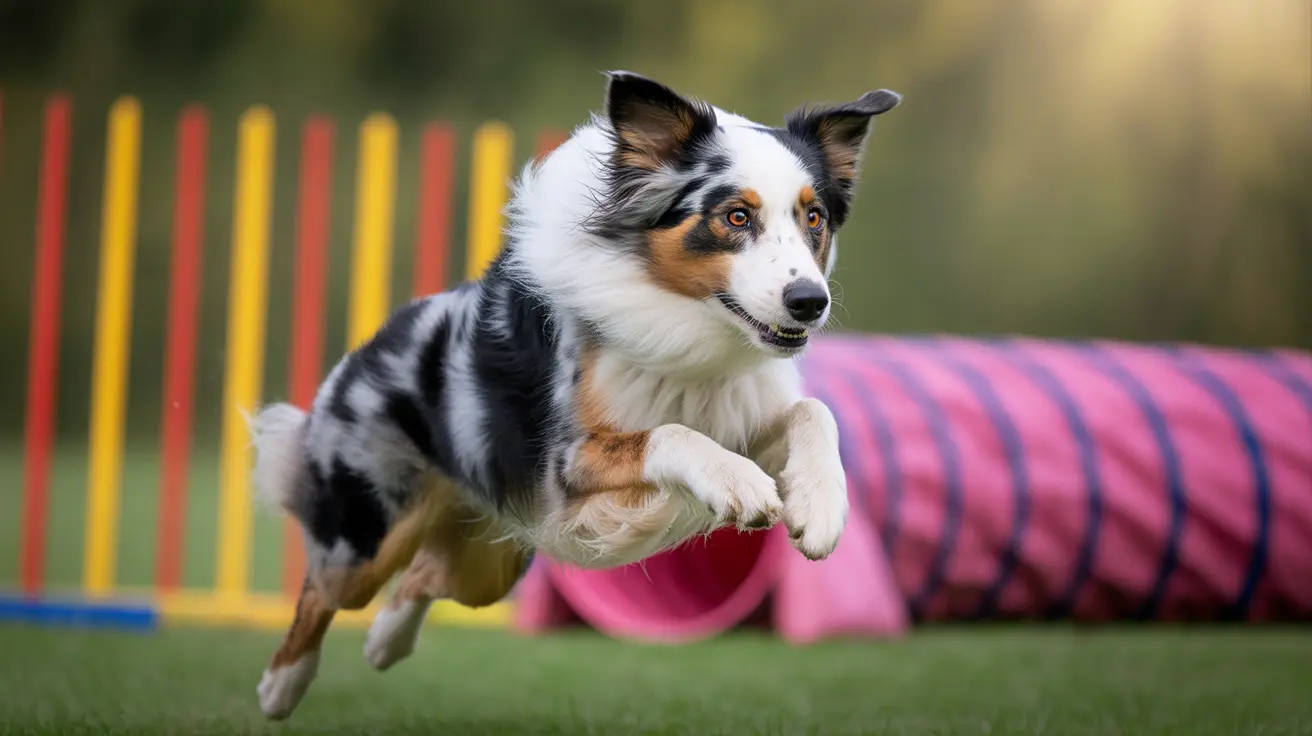Understanding the Petit Basset Griffon Vendéen
The Petit Basset Griffon Vendéen (often called PBGV) is a small, sturdy scent hound with roots in the rugged terrain of France’s Vendée region. This breed stands out for its tousled coat, cheerful spirit, and remarkable hunting instincts.
History and Origins
The PBGV traces its lineage back to the sixteenth-century Griffon Vendéen—a larger, more powerful hound. French hunters developed both large and small varieties of hounds to pursue different game. The Petit Basset Griffon Vendéen was specifically bred for hunting rabbits and hares in packs, navigating dense underbrush and rocky landscapes along France’s west coast. Its harsh coat and distinctive facial hair—long eyebrows, beard, and mustache—offered essential protection during these hunts.
Originally, the Grand and Petit were simply size variations within one breed. By the 1950s, however, the smaller variety received its own breed standard. Cross-breeding between Grand and Petit was officially banned in France during the 1970s. The first American breeding pack appeared in Pennsylvania around that time as well, leading to increased popularity among U.S. hound enthusiasts. The American Kennel Club recognized the breed in 1990; two years later, PBGVs made their debut at the Westminster Kennel Club Dog Show.
Physical Characteristics
- Height: 13–15 inches (33–38 cm)
- Weight: 25–40 pounds (11–18 kg)
- Coat: Rough, double-layered; outer coat is harsh and medium length with dense undercoat
- Colors: White base with lemon, orange, black, sable, tri-color or grizzle markings; may be bicolor or tricolor
- Build: Compact body with short but strong legs; saber-shaped tail often carried upright
- Face: Long eyebrows, mustache, and beard create a unique expression
Personality and Temperament
PBGVs are lively extroverts—always ready for adventure or playtime. They’re outgoing and sociable dogs that bond closely with families (and get along well with children). Their independent streak reflects their hound heritage; they’re affectionate yet self-assured. Expect lots of energy: these dogs are curious explorers driven by an intense sense of smell and prey drive. They’re also known for their vocalizations—their baying can be loud!
Care Requirements
- Exercise: Daily vigorous activity is essential—aim for at least 30–60 minutes through walks, hikes, play sessions or scent work.
- Mental Stimulation: Keep them engaged with games or training; boredom can lead to mischief.
- Scent Drive: Never walk them off-leash outside fenced areas—they’ll likely follow their nose anywhere!
- Training: Use positive reinforcement; keep sessions short and fun due to their independent nature.
Grooming Needs
The PBGV’s wiry coat needs weekly brushing to prevent tangles or mats. Occasional trimming around feet keeps things tidy but minimal grooming preserves their natural look. Bathing once a month usually suffices unless your dog gets especially dirty on an outing. Don’t forget regular ear cleaning (their long ears can trap debris), teeth brushing, and nail trims for overall health.
The Ideal Living Environment
PBGVs adapt well indoors if they get enough exercise outside. They’re social animals that dislike being left alone for long stretches—if bored or isolated too often they may become vocal or develop problem behaviors. These dogs thrive where they receive plenty of companionship and engagement from their humans.
Health Considerations
- Lifespan: Generally healthy; expect 13–16 years on average.
- Possible Issues:
- Hip/elbow dysplasia
- Knee problems (patellar luxation)
- Certain eye conditions (persistent pupillary membranes, retinal dysplasia, corneal dystrophy)
- A genetic mutation causing primary open angle glaucoma (ADAMTS17 gene)
- Hypothyroidism
- Epilepsy
- Steroid-responsive meningitis/neck pain syndrome
- Ears prone to infection due to length/droopiness
Reputable breeders perform health testing—including eye exams and genetic screening—to minimize risks.
Nutritional Needs
PBGVs do best on high-quality dog food suited to age/activity level. Adults typically need about 1.5–2 cups daily (split into two meals). Watch calorie intake—these dogs can gain weight if overfed or under-exercised.
PBGVs With Other Pets
Bred for pack hunting, PBGVs usually get along well with other dogs—and can adapt to living with cats if introduced early enough. Their hunting instinct may prompt chasing of unfamiliar small animals though!
A Few Fun Facts
- PBGVs are sometimes called "petits" or "PBGV" in America; "Roughie" in England; "Griffon" or "Petit" in Denmark.
- This breed isn’t a variation of the Basset Hound—it’s a distinct French breed with unique traits.
- A PBGV named Buddy Holly won Best in Show at Westminster Kennel Club Dog Show in 2023—the first ever for this breed!
The Takeaway
If you want an energetic companion who loves family life but also craves adventure outdoors—and you don’t mind some grooming—the PBGV's cheerful nature might be just what you’re looking for!





